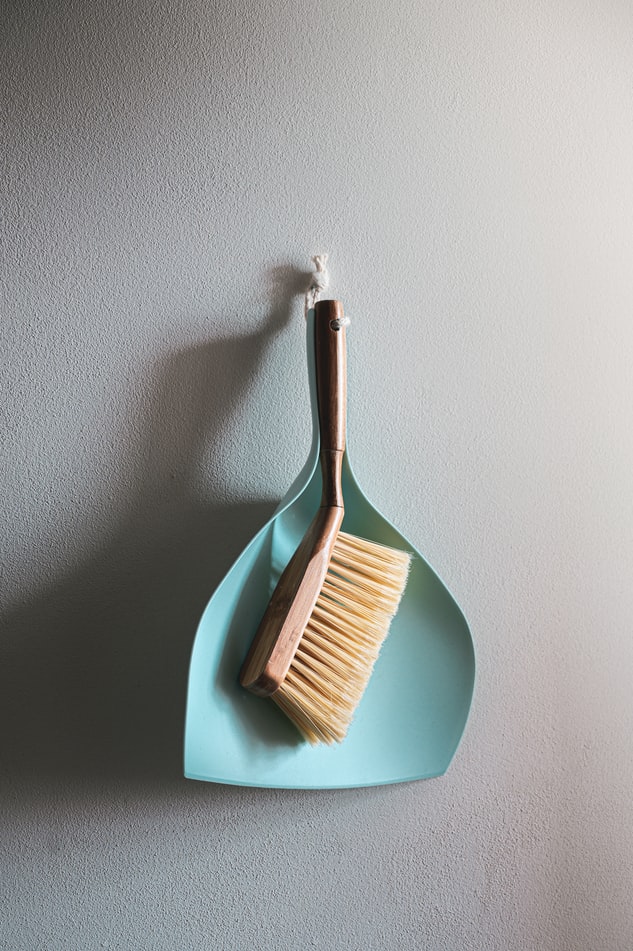Your immune system’s job is to protect your body from diseases, viruses and infections. If your body mistakes a substance that is normally harmless for something dangerous, the substance is known as an allergen. A common year-round allergen that many people react to is dust mites.
Dust mites are microscopic arachnids that feed on house dust. No matter how clean your house is, you’ll still have dust mites; that’s how prevalent they are. Fortunately, there is a long-term strategy that has been proven effective against this allergy type: allergy immunotherapy.
What Is Immunotherapy?

Allergy immunotherapy is a treatment for allergies that works long-term. Rather than masking allergy symptoms, it actually works by desensitizing your body to various allergens by introducing them in small doses over a period of three to five years.
Immunotherapy is available in two forms: allergy shots (subcutaneous immunotherapy) and allergy drops (sublingual immunotherapy). Shots are administered in an allergist’s office while drops can be administered at home after the first dose.
What the Research Shows
Researchers at the University of São Paulo’s Ribeirão Preto Medical School in Brazil studied the effects of allergy drops made with extracts of Dermatophagoides pteronyssinus, a common dust mite, on participants’ atopic dermatitis (eczema).
The study was randomized, double-blind and placebo-controlled, which is the gold standard for assessing drug efficacy. This means that the 66 participants were divided into two groups: one that received the dust mite extract and another that received a placebo. The drops were administered three days per week for a total of 18 months.
After the 18-month period, the group that received the extracts showed statistically significant improvement in symptoms compared to the control group.
According to Luisa Karla de Paula Arruda, Professor of Clinical Medicine and one of the authors of the article, “Previous research had already shown that dust mite immunotherapy worked well in cases of rhinitis, conjunctivitis and allergic asthma, but for atopic dermatitis the results were uneven, especially when it involved subcutaneous injections. When sublingual immunotherapy came along, with less probability of adverse side-effects such as systemic reactions, we decided to investigate and obtained positive results.”
Other Strategies for Managing Dust Mite Allergies
While you’re waiting for your immunotherapy to provide benefit, you can manage dust mite allergies by vacuuming and dusting regularly, washing bedding in hot water weekly at Suds Up Laundromat and installing a portable high-efficiency particulate air (HEPA) filter.
For more information or to schedule an appointment, call ENT Associates of Worcester today.